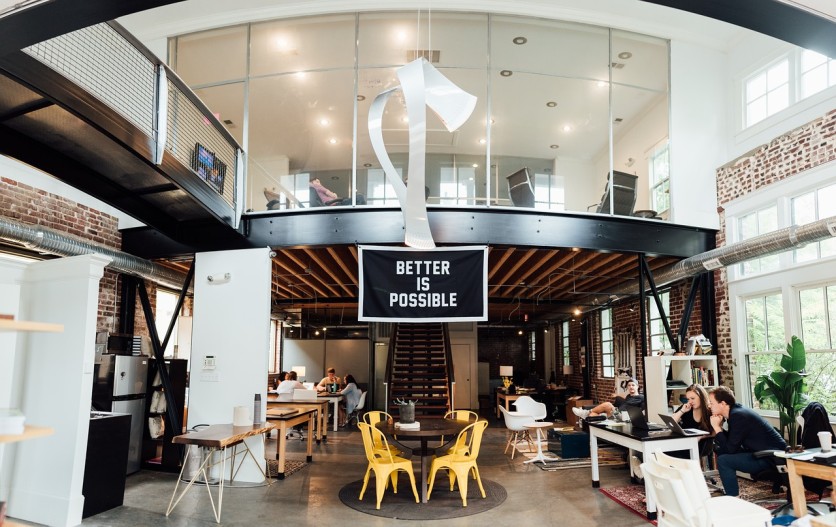
As a good employer, you always want to ensure your employees are as safe as they can be as they execute their responsibilities. Of course, this goes beyond merely having several safety signs at different workplace stations to establishing the correct beliefs, values, and attitudes. When you implement such measures, you are sure to reduce workplace accidents, which can be catastrophic for both employees and the rest of the company.
In 2023 alone, Key Work Health and Safety Statistics reported over 1,850 fatalities in workplaces, which were only a part of the 1,140,000 serious compensations we have seen in the past decade. Such statistics, despite improvements in promoting safe workplaces, only point to the fact that more efforts are needed. This exploration will present some great insights into how you can foster a safety culture in your organization and thus reduce the possibility of accidents.
The Role of Technology in Improving Workplace Safety
With technology rapidly advancing, the burden of ensuring a safe working environment for your employees is greatly reduced. If you are in the manufacturing industry, for instance, you can actually agree that measures like labelling weren't sufficient to guarantee safety. Now, the rise of devices like safety mats ensures we can overcome such challenges—once you step on the mats, the machine or system goes off.
Other technologies, like artificial intelligence, have also come to the surface. Using deep learning algorithms and computer vision, you can now detect whether or not an employee has put on essential protective gear. AI can also capture anomalies in the workplace, allowing you to take necessary action for such incidents. As if that is not enough, experts are now integrating this technology into drones to monitor hard-to-reach areas.
For those who closely follow emerging trends in the safety industry, big data analytics isn't new. We have not stopped seeing a trend where too much data has become available, which sometimes overwhelms traditional tools and techniques, especially when you want to extract valuable insights. However, with big data analytics, you can promote a safety culture while relying on meaningful insights.
There are so many more technologies that you could have encountered, including:
- Automation: Companies can now automate repetitive tasks and avoid accidents, such as exposure to harmful chemicals, sprains, welding accidents and so much more.
- Internet of Things: This allows you to monitor how employees interact with machines in real-time.
- Robots: These reduce the chances of human error and are more convenient, especially in high-pressure environments.
- Wearable Technology: If you want to track location or an individual's vital signs, then wearable technology is the way to go. It can also reveal important respiratory and cardiac conditions of employees working in hazardous places.
Key Characteristics of a Strong Safety Culture
As we have already mentioned, a safety culture goes beyond mere instructions. The UK Health and Safety Commission actually defines it as the result of collective values, attitudes, and behaviors of individuals and groups, influencing their commitment to safety management. And just like the old saying goes, 'prevention is better than cure,' you want to ensure that you minimize the chances of accidents occurring.
A strong safety culture will comprise communication as one of its many essential elements. In an ideal situation, the company's top management will set its strategic vision and goals, while it will be the responsibility of almost everyone to ensure you implement the safety program. So, you don't want a scenario where workers and other staff members have no clear comprehension of the program. Equally worth noting is that the framework should also provide a way for employees to give feedback.
There Is More
Remember, when it comes to establishing a culture, actions truly speak louder than words. And it all begins with top management—if you don't demonstrate any commitment to your safety goals, then employees are more likely to follow suit. A good example is when you, with the aim of increasing production, instruct your employees to work for more hours than conventional time. This increases the chances of accidents and sends a message that you prefer productivity over worker safety.
How you treat workers also says a lot about your company's values. One of the many ways to actually ensure that your employees perceive you as caring is to implement safety as part of your company's values. Plus, you cannot ignore the place of training. Technology keeps evolving, and you might need to update your systems sometimes. Depending on your company's structure, you may want to organize periodic training, maybe, say, one every three months.
Overall, every company definitely wants to have a good reputation as it adds to its competitiveness. When your company is known for prioritizing workers' safety, this may not only draw the attention of top discerning talent but also stakeholders who favor strong safety cultures. So, one of the many ways to get ahead of your competitors is to create an environment that caters to the safety needs of workers and the entire organization as a whole.
ⓒ 2025 TECHTIMES.com All rights reserved. Do not reproduce without permission.




